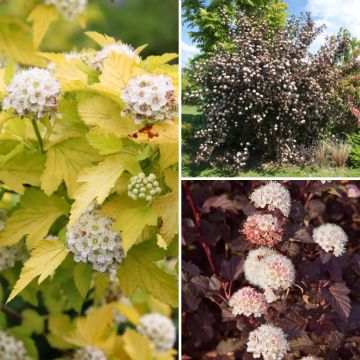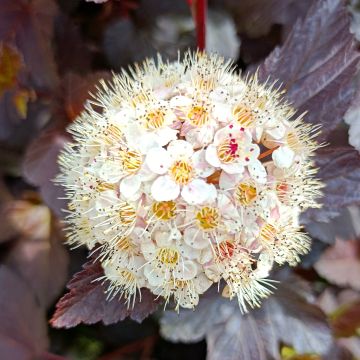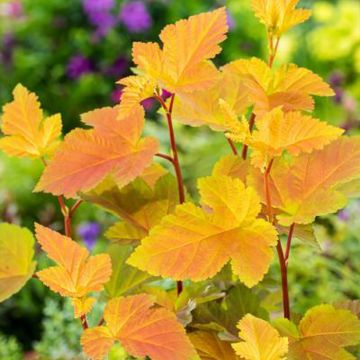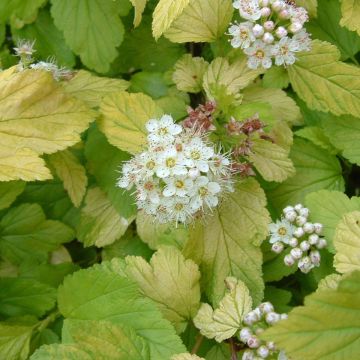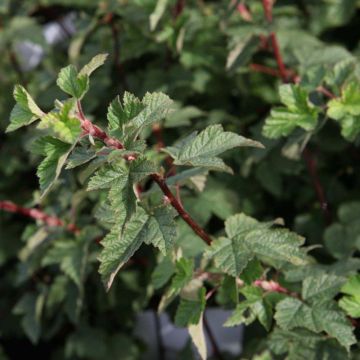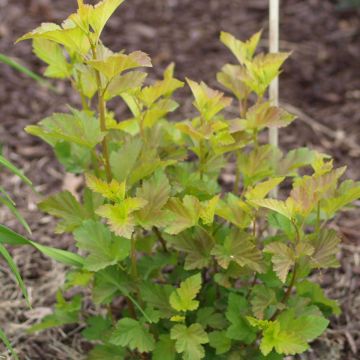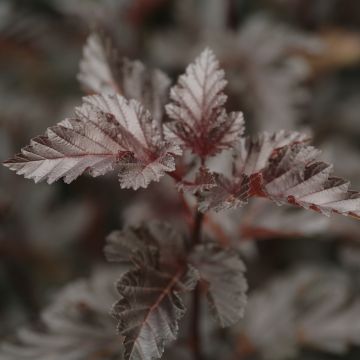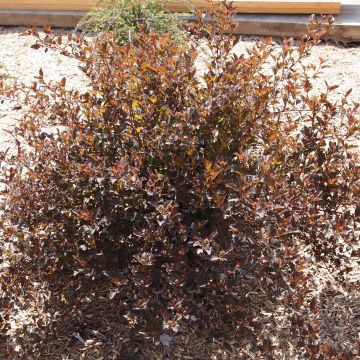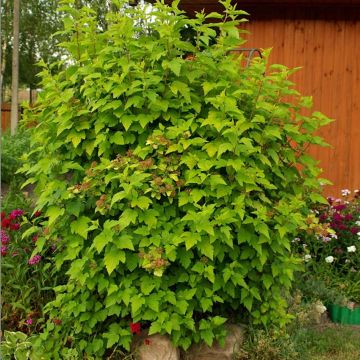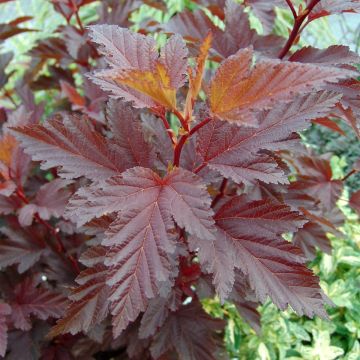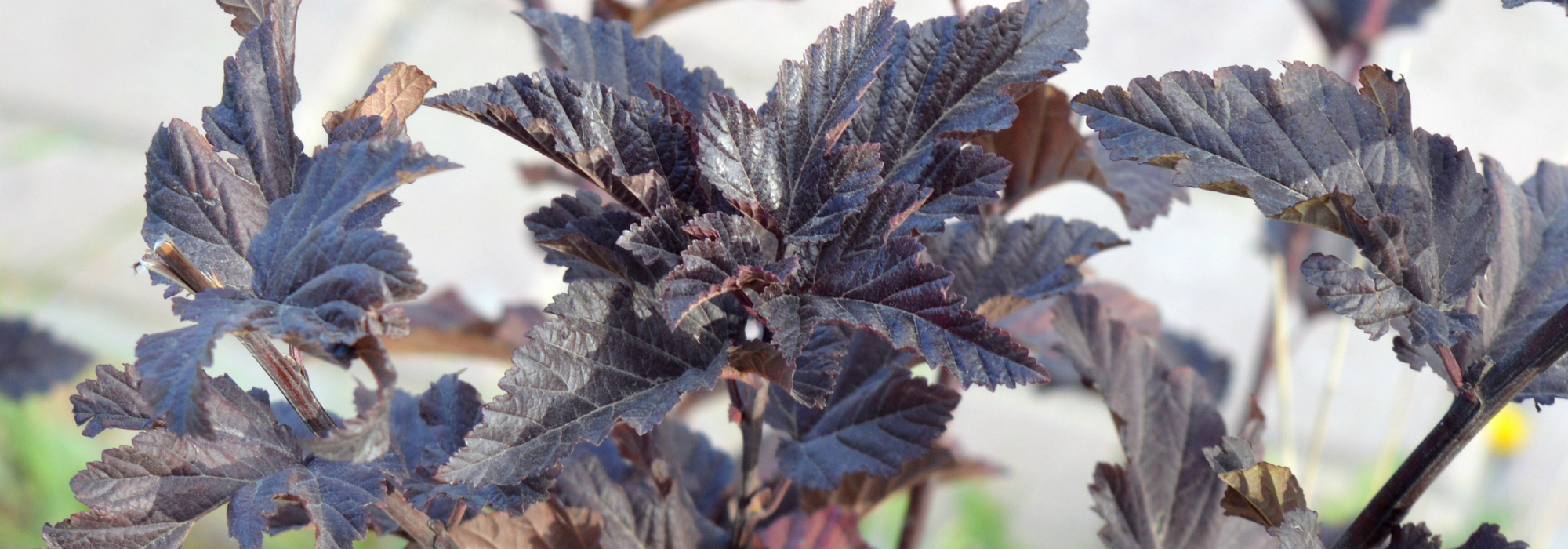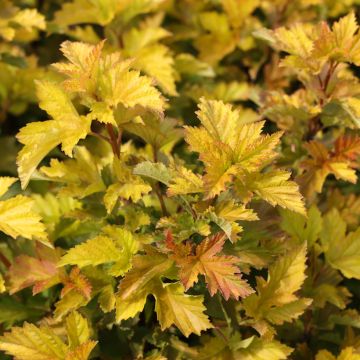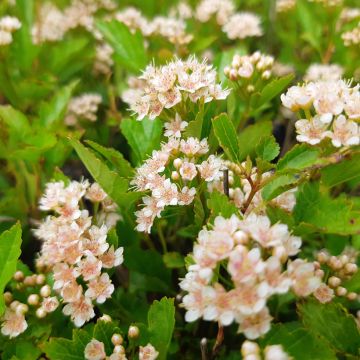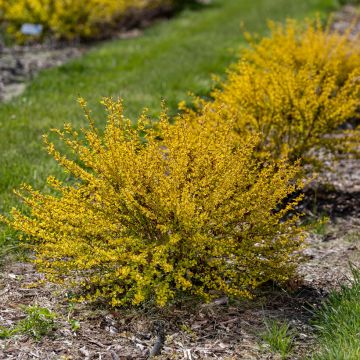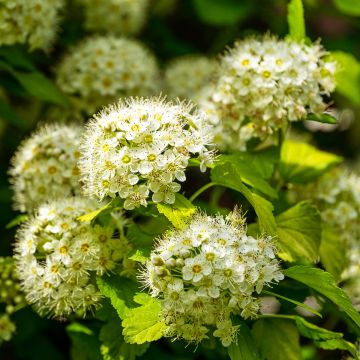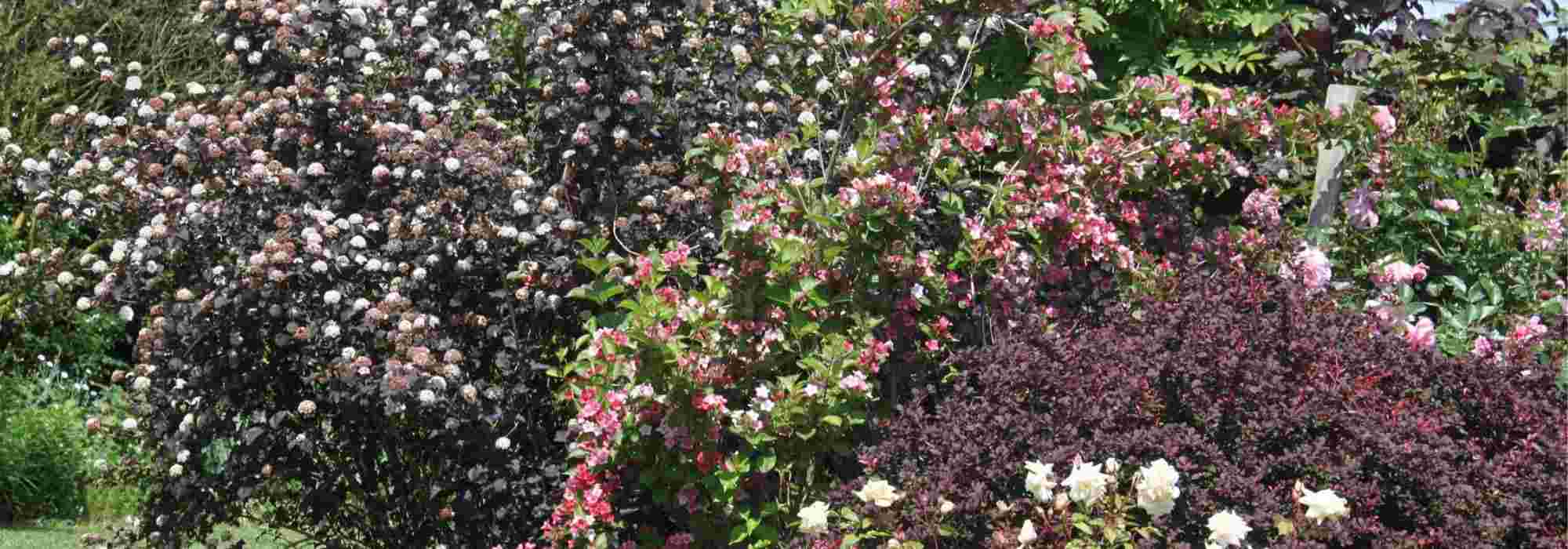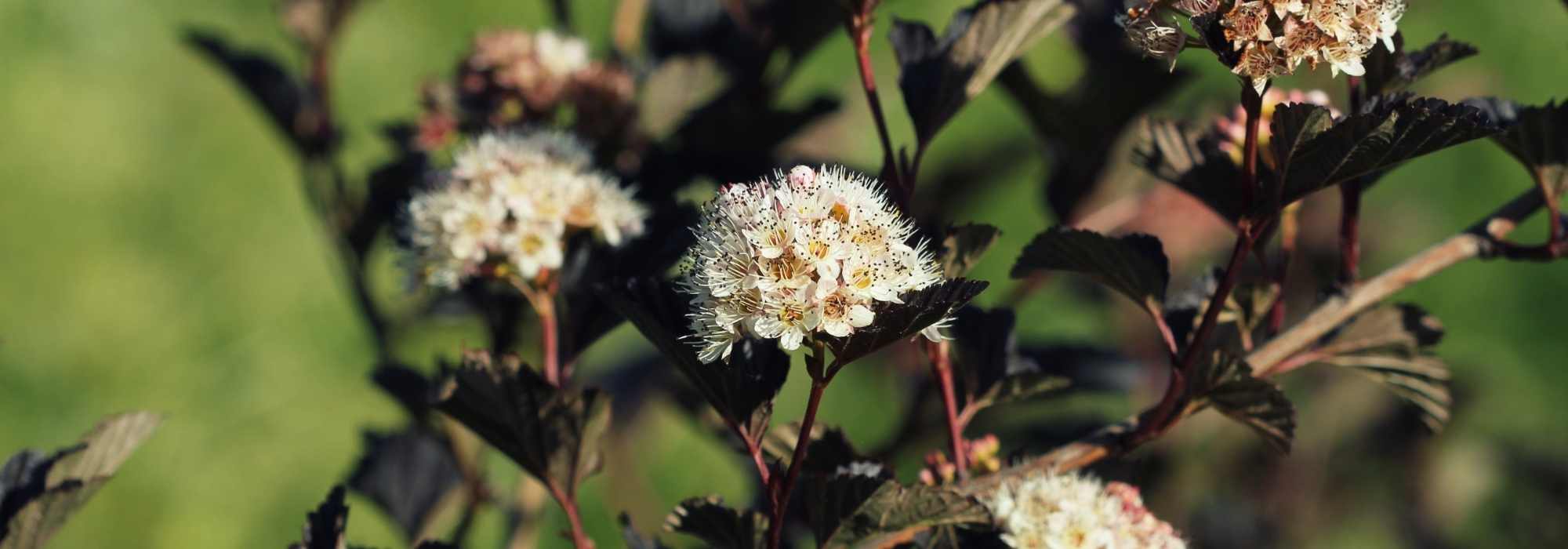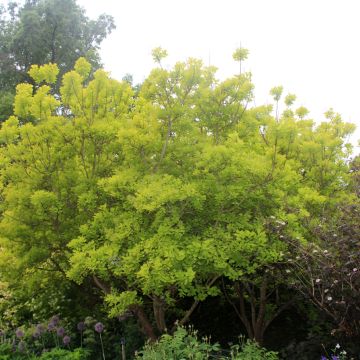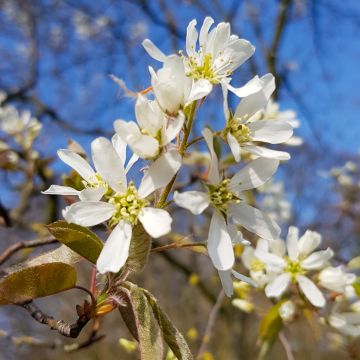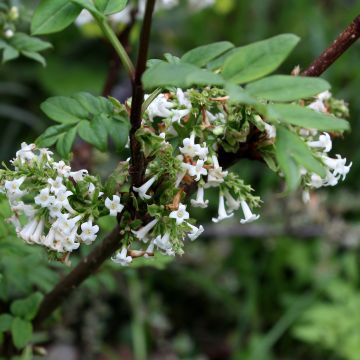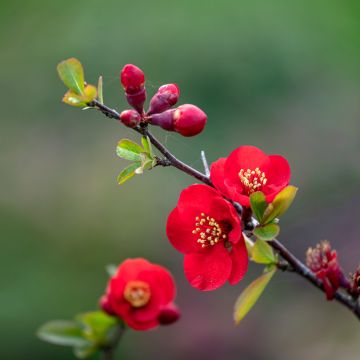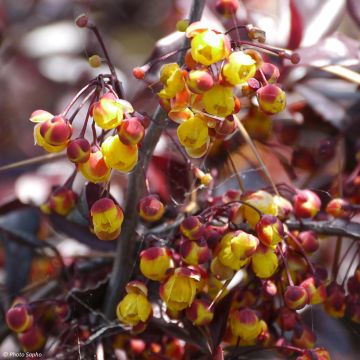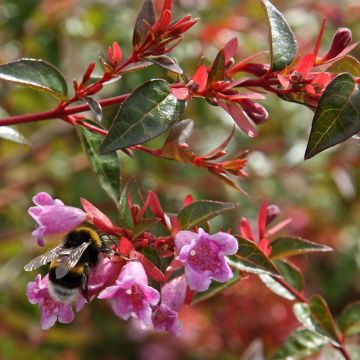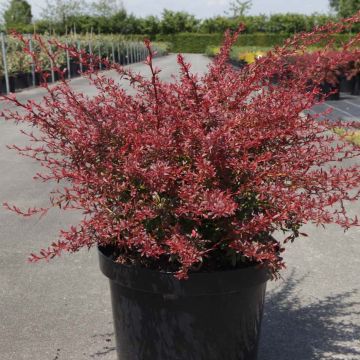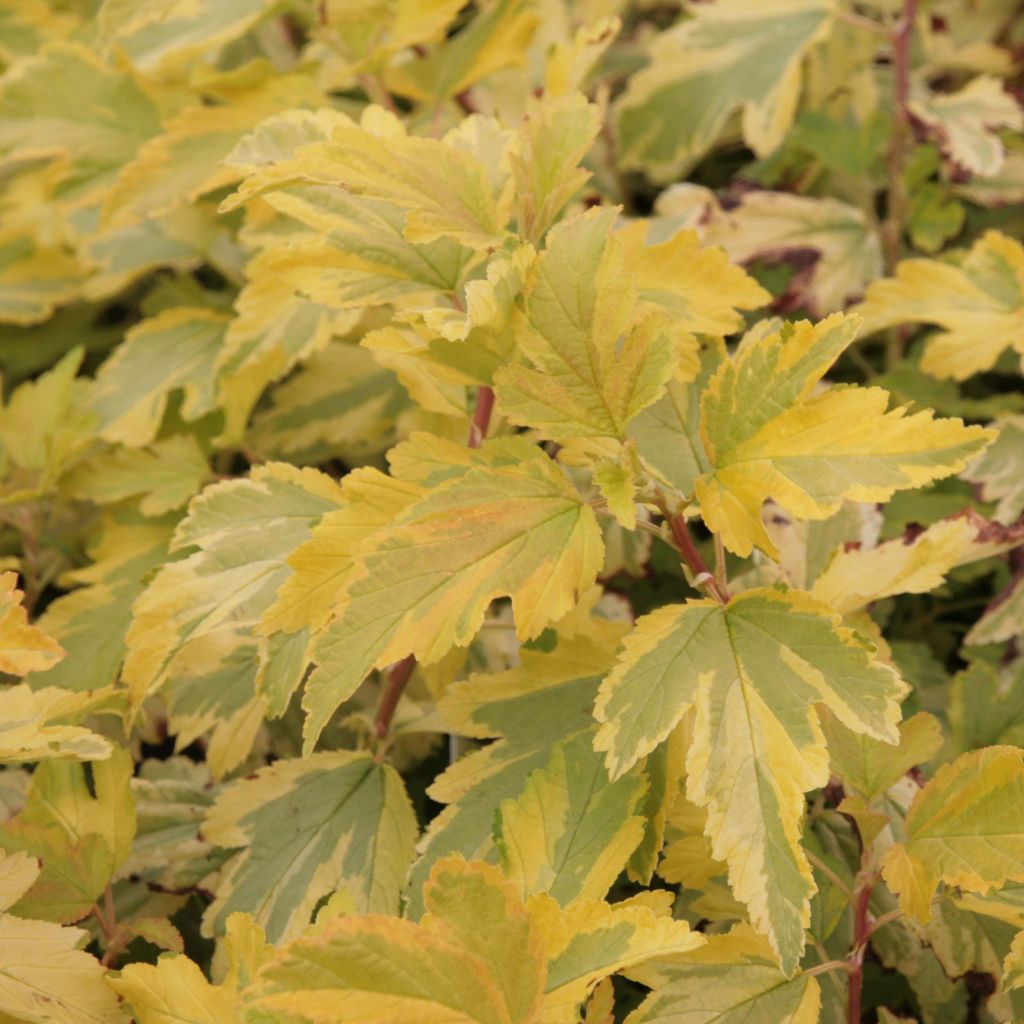

Physocarpus opulifolius Anny's Gold ® - Physocarpe à feuilles panachées.
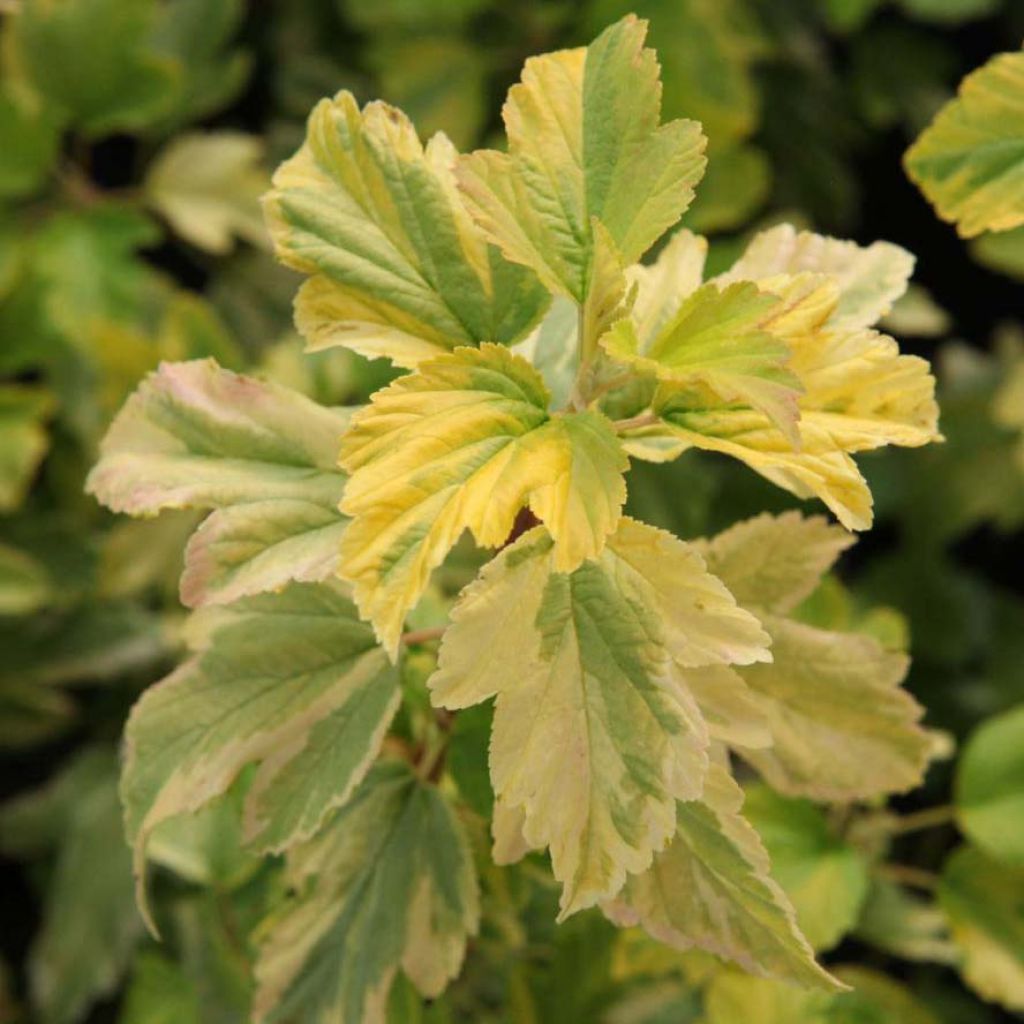

Physocarpus opulifolius Anny's Gold ® - Physocarpe à feuilles panachées.
Physocarpus opulifolius Annys Gold - Ninebark
Physocarpus opulifolius Anny's Gold ®
Ninebark
well recovered
Josseline, 13/02/2021
Special offer!
Receive a €20 voucher for any order over €90 (excluding delivery costs, credit notes, and plastic-free options)!
1- Add your favorite plants to your cart.
2- Once you have reached €90, confirm your order (you can even choose the delivery date!).
3- As soon as your order is shipped, you will receive an email containing your voucher code, valid for 3 months (90 days).
Your voucher is unique and can only be used once, for any order with a minimum value of €20, excluding delivery costs.
Can be combined with other current offers, non-divisible and non-refundable.
Why not try an alternative variety in stock?
View all →This plant carries a 24 months recovery warranty
More information
We guarantee the quality of our plants for a full growing cycle, and will replace at our expense any plant that fails to recover under normal climatic and planting conditions.
Would this plant suit my garden?
Set up your Plantfit profile →
Description
Physocarpus opulifolius 'Anny's Gold'®, is a new variety of Ninebark with particularly bright foliage in partially shaded areas of the garden. Vigorous and bushy, this deciduous bush is adorned with unusually green acid foliage marginated with yellow from spring to autumn. A lovely white flowering in June, in the form of numerous small white corymbs, adds to its charm, followed by small red fruits enhanced by the light foliage. In winter, its bark exfoliates with a lot of character. Combine it with dark foliage in borders and hedges, once established, it requires little maintenance!
Physocarpus opulifolius belongs to the rose family, it is native to the eastern United States, up to Quebec and Manitoba. The growth of this bush is medium to fast and its adult size will not exceed 1.5 to 2 metres (5 to 7 feet) high and 1.2 metres (4 feet) wide. The young tender green shoots in spring, then they brown. 'Anny's Gold'® is a very branched, dense variety with an upright and bushy habit, somewhat spreading with age. It is remarkable for the colouration of its leaves that emerge in a light yellow shade, becoming light green and marginated with more or less vivid yellow tinged with cream as they unfold. This Ninebark then transforms into a beautiful mass of green light. The leaves are lobed, deeply cut, crenate and measure from 3 to 8cm (1 to 3in). From spring to early summer, flattened corymbs appear adorned with buds that open into small white flowers with pink stamens, nectar-rich. They are followed by red fruits appreciated by birds in autumn. The bush remains decorative in winter, with its bark exfoliating in beige to reddish-brown patches.
Physocarpus 'Anny's Gold'® will find its place in borders, in contrast with dark-foliaged shrubs such as 'Black Lace'® elderberry or 'All Black'® Ninebark. It will be charming in a loose hedge, accompanied by spireas (Spirea arguta, Spirea x billardii) and viburnums (Viburnum carlesii 'Chesapeake', Viburnum x bodnantense), dwarf winged Euonymus (Euonymus alatus 'Compactus') or a Neillia affinis that it will illuminate. To accompany its unique foliage, one can plant purple Heucheras or Heucherellas at its base, for example. It will also have a great effect when planted in a container on a terrace or balcony.
Physocarpus opulifolius Annys Gold - Ninebark in pictures
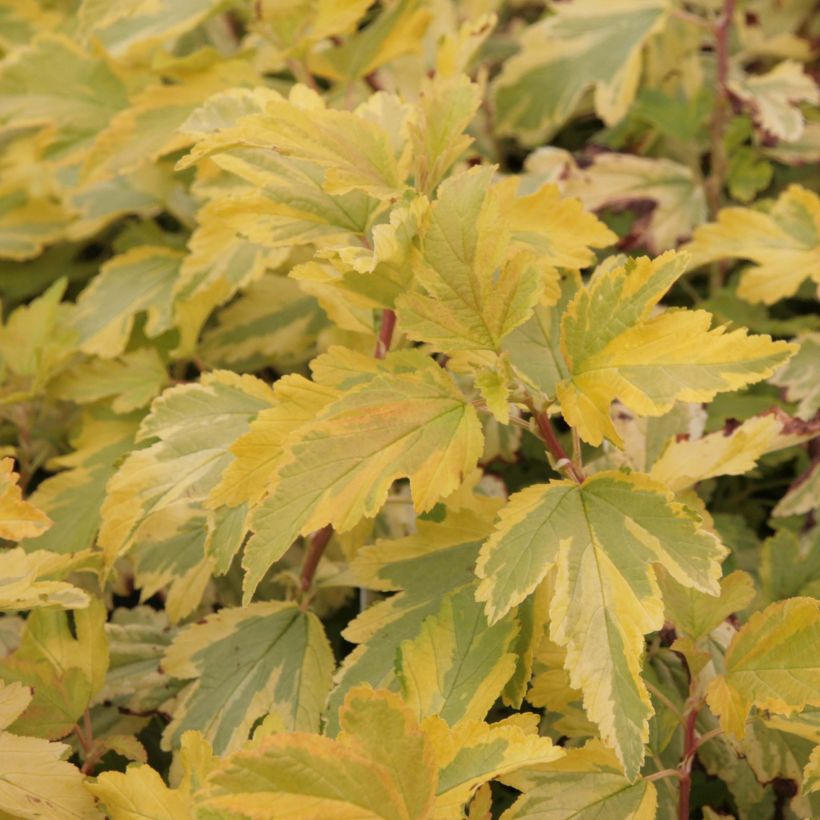



Plant habit
Flowering
Foliage
Botanical data
Physocarpus
opulifolius
Anny's Gold ®
Rosaceae
Ninebark
Cultivar or hybrid
Other Physocarpus
View all →Planting and care
Plant Physocarpus opulifolius 'Anny's Gold'® in deep, humus-rich, fertile and moist, neutral to acidic soil. It is sensitive to excessive limestone. Avoid letting the soil dry out in summer and shower the foliage during heatwaves. This bush will thrive in partial shade or in full sun, but the variegated foliage may be damaged in overly sunny conditions.
Planting period
Intended location
Care
Planting & care advice
-
, onOrder confirmed
Reply from on Promesse de fleurs
Similar products
Haven't found what you were looking for?
Hardiness is the lowest winter temperature a plant can endure without suffering serious damage or even dying. However, hardiness is affected by location (a sheltered area, such as a patio), protection (winter cover) and soil type (hardiness is improved by well-drained soil).

Photo Sharing Terms & Conditions
In order to encourage gardeners to interact and share their experiences, Promesse de fleurs offers various media enabling content to be uploaded onto its Site - in particular via the ‘Photo sharing’ module.
The User agrees to refrain from:
- Posting any content that is illegal, prejudicial, insulting, racist, inciteful to hatred, revisionist, contrary to public decency, that infringes on privacy or on the privacy rights of third parties, in particular the publicity rights of persons and goods, intellectual property rights, or the right to privacy.
- Submitting content on behalf of a third party;
- Impersonate the identity of a third party and/or publish any personal information about a third party;
In general, the User undertakes to refrain from any unethical behaviour.
All Content (in particular text, comments, files, images, photos, videos, creative works, etc.), which may be subject to property or intellectual property rights, image or other private rights, shall remain the property of the User, subject to the limited rights granted by the terms of the licence granted by Promesse de fleurs as stated below. Users are at liberty to publish or not to publish such Content on the Site, notably via the ‘Photo Sharing’ facility, and accept that this Content shall be made public and freely accessible, notably on the Internet.
Users further acknowledge, undertake to have ,and guarantee that they hold all necessary rights and permissions to publish such material on the Site, in particular with regard to the legislation in force pertaining to any privacy, property, intellectual property, image, or contractual rights, or rights of any other nature. By publishing such Content on the Site, Users acknowledge accepting full liability as publishers of the Content within the meaning of the law, and grant Promesse de fleurs, free of charge, an inclusive, worldwide licence for the said Content for the entire duration of its publication, including all reproduction, representation, up/downloading, displaying, performing, transmission, and storage rights.
Users also grant permission for their name to be linked to the Content and accept that this link may not always be made available.
By engaging in posting material, Users consent to their Content becoming automatically accessible on the Internet, in particular on other sites and/or blogs and/or web pages of the Promesse de fleurs site, including in particular social pages and the Promesse de fleurs catalogue.
Users may secure the removal of entrusted content free of charge by issuing a simple request via our contact form.
The flowering period indicated on our website applies to countries and regions located in USDA zone 8 (France, the United Kingdom, Ireland, the Netherlands, etc.)
It will vary according to where you live:
- In zones 9 to 10 (Italy, Spain, Greece, etc.), flowering will occur about 2 to 4 weeks earlier.
- In zones 6 to 7 (Germany, Poland, Slovenia, and lower mountainous regions), flowering will be delayed by 2 to 3 weeks.
- In zone 5 (Central Europe, Scandinavia), blooming will be delayed by 3 to 5 weeks.
In temperate climates, pruning of spring-flowering shrubs (forsythia, spireas, etc.) should be done just after flowering.
Pruning of summer-flowering shrubs (Indian Lilac, Perovskia, etc.) can be done in winter or spring.
In cold regions as well as with frost-sensitive plants, avoid pruning too early when severe frosts may still occur.
The planting period indicated on our website applies to countries and regions located in USDA zone 8 (France, United Kingdom, Ireland, Netherlands).
It will vary according to where you live:
- In Mediterranean zones (Marseille, Madrid, Milan, etc.), autumn and winter are the best planting periods.
- In continental zones (Strasbourg, Munich, Vienna, etc.), delay planting by 2 to 3 weeks in spring and bring it forward by 2 to 4 weeks in autumn.
- In mountainous regions (the Alps, Pyrenees, Carpathians, etc.), it is best to plant in late spring (May-June) or late summer (August-September).
The harvesting period indicated on our website applies to countries and regions in USDA zone 8 (France, England, Ireland, the Netherlands).
In colder areas (Scandinavia, Poland, Austria...) fruit and vegetable harvests are likely to be delayed by 3-4 weeks.
In warmer areas (Italy, Spain, Greece, etc.), harvesting will probably take place earlier, depending on weather conditions.
The sowing periods indicated on our website apply to countries and regions within USDA Zone 8 (France, UK, Ireland, Netherlands).
In colder areas (Scandinavia, Poland, Austria...), delay any outdoor sowing by 3-4 weeks, or sow under glass.
In warmer climes (Italy, Spain, Greece, etc.), bring outdoor sowing forward by a few weeks.






























